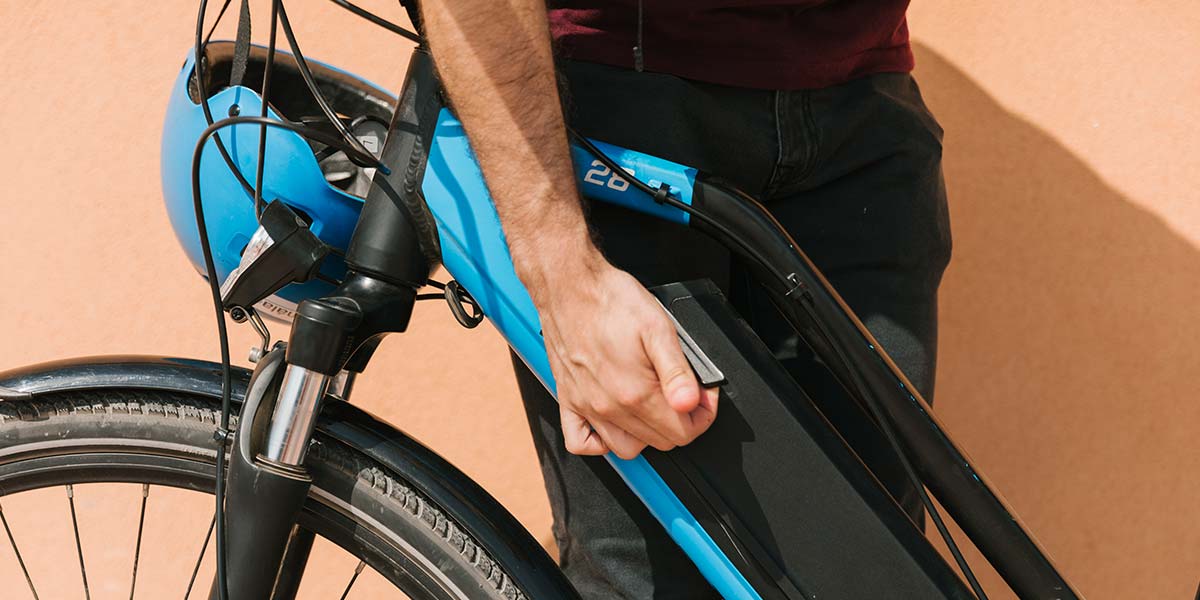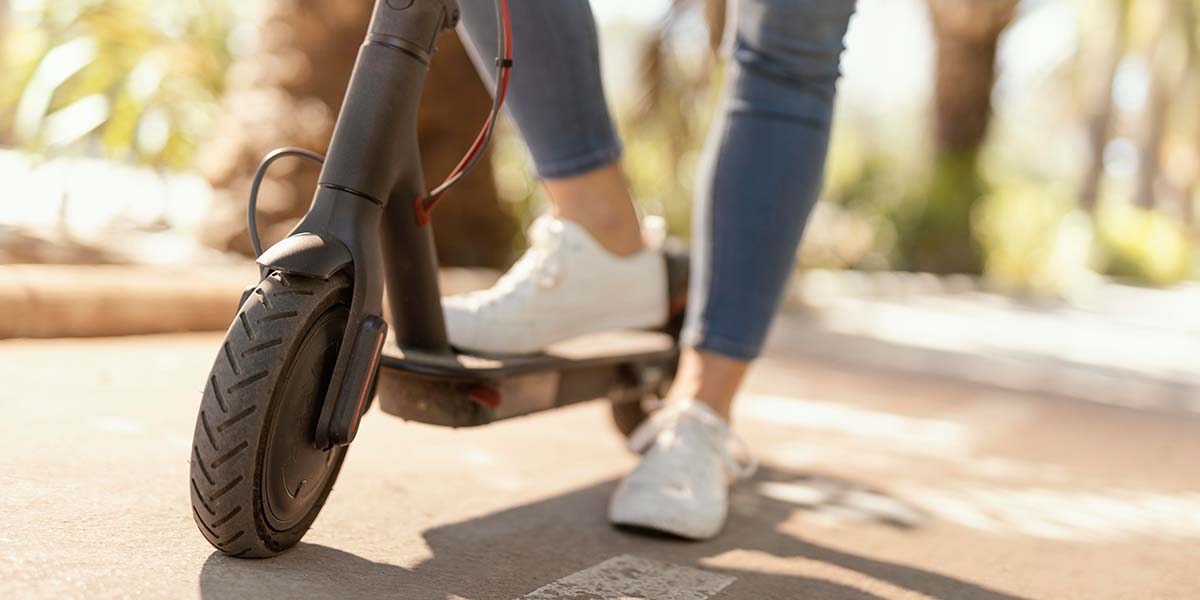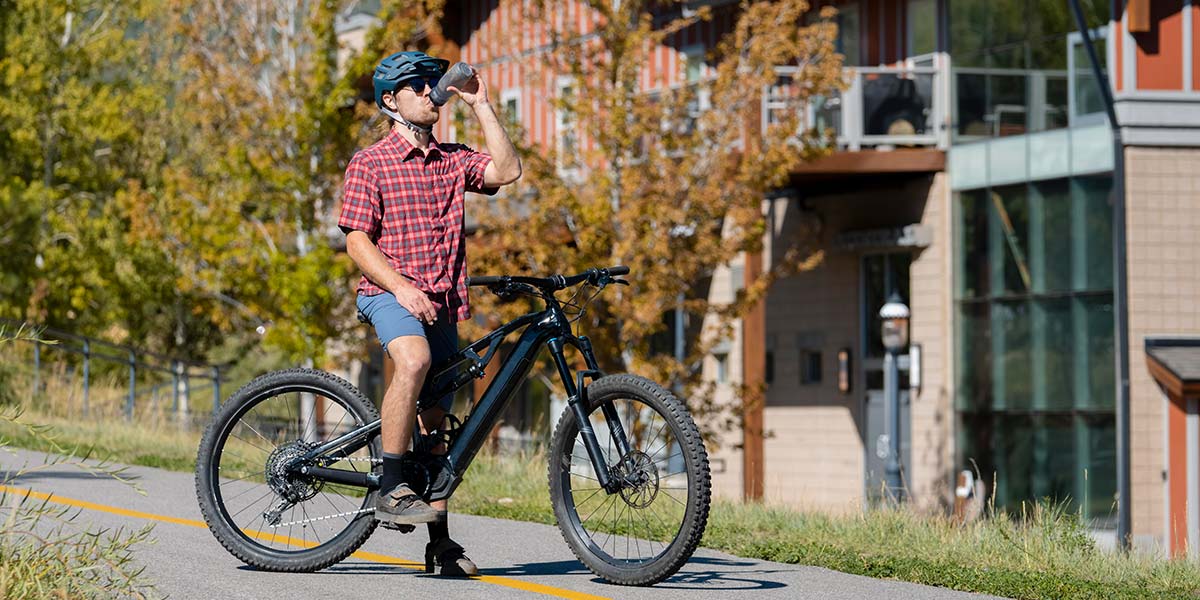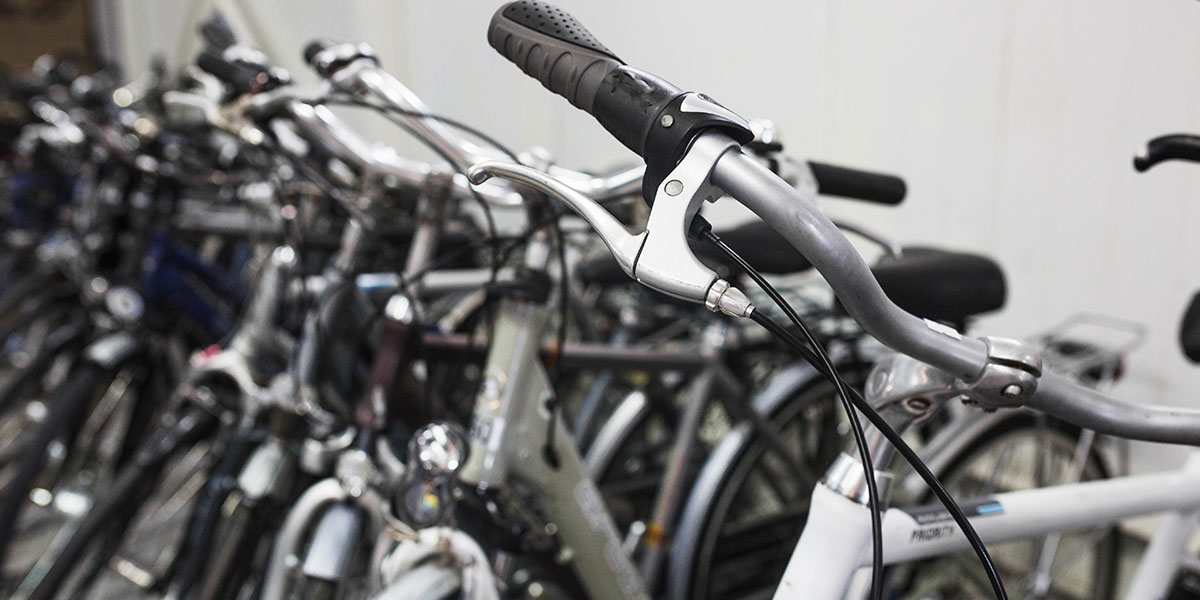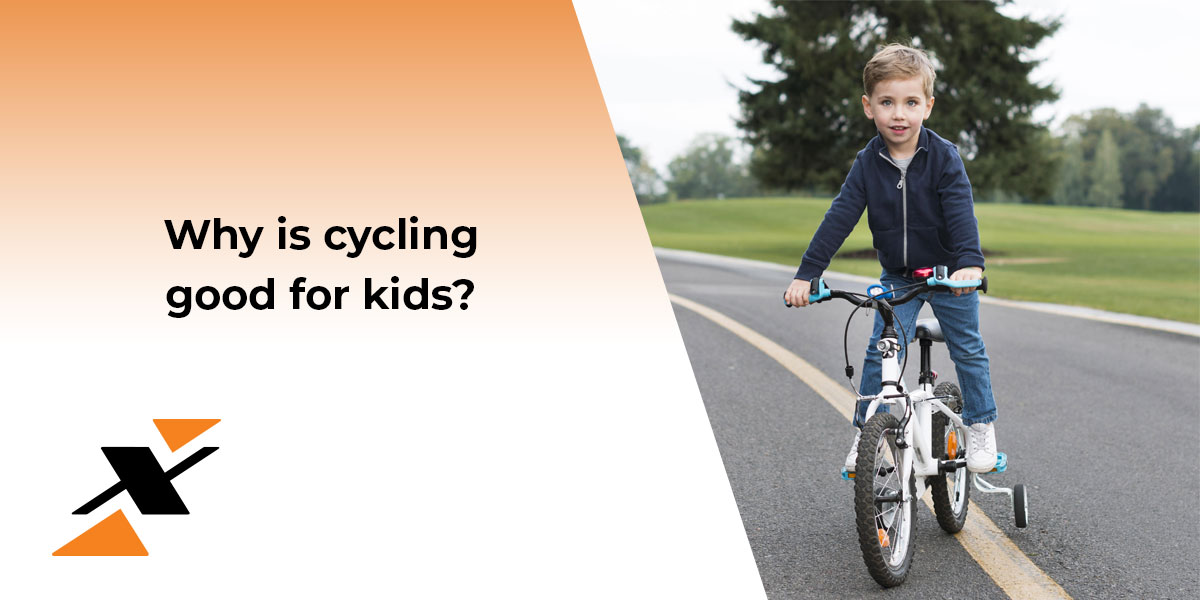Regenerative braking - does it pay off?
Why are regenerative braking systems so inefficient and how much?
Regenerative braking is a process of braking with an electric motor in such a way that it converts all that braking energy in an electric thus charging the battery.
Regenerative braking requires a direct drive motor (or belt drive etc) because such drives do not have freewheel which is important. Direct drive hub motors are generally more massive than small geared hub motors and also have some resistance while pedalling due to the lack of freewheel system.
Regarding the regenerative braking efficiency, it is only15% (tested on a leveled surface with no incline or decline in ideal conditions). So, if the battery outputs, say 8 Wh to accelerate to some speed and 3.6 Wh of kinetic energy are gained. Braking will use all 3.6 Wh of initial kinetic energy and the motor will output 1.3 Wh to the battery which is only 15% of the energy used.
That does not mean that you will get a 15% more mileage off your ebike because when cruising, your motor uses power to MAINTAIN your speed aka kinetic enery which here is essentially a power loss or energy lost to friction and wind resistance you cannot recover by braking.
So, if you can, rather buy an ebike with geared motor, not only your ebike will be lighter, but also more efficient and easier to pedal. Antoher major geared hub motor advantage is the torque, due to gear reduction inside the motor, torque gets magnified and generally in relation to direct-drive motors, geared ones have 2X the torque, which is up to 70Nm for a 250W version.
I hope you enjoyed the blog and have a great time with your new ebike.
Author: Martin Matešić


